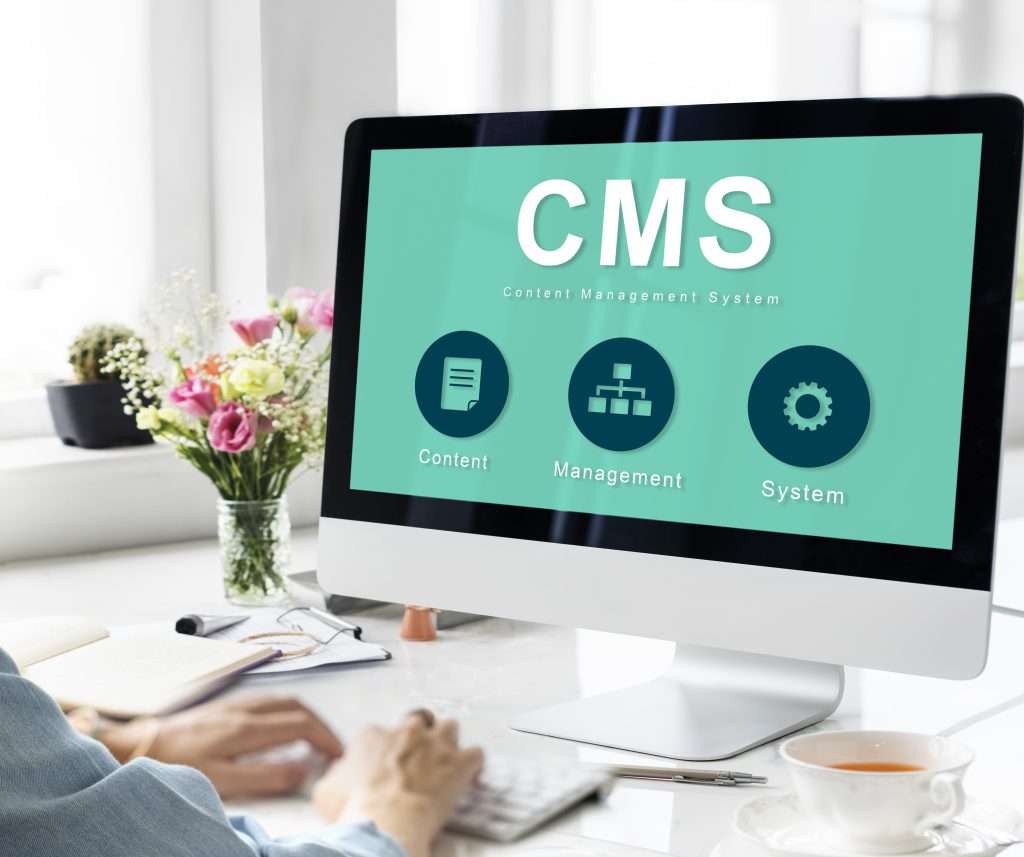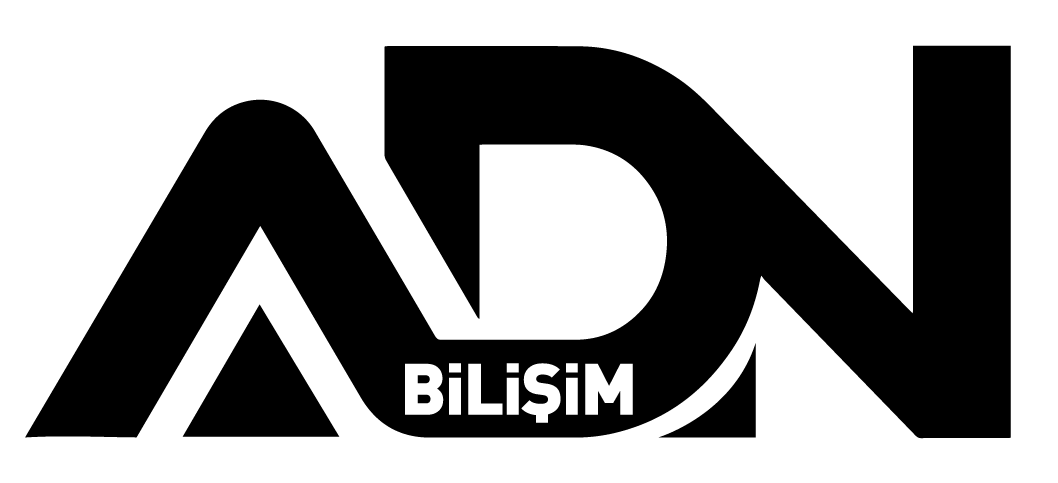Contents
What are Content Management Systems? Types and Difference from Normal Web Coding
It is an abbreviation of “Content Management System” and means content management system. A CMS allows users to easily create, edit, publish and manage their website's content. These systems simplify the web development process and enable even non-technical users to update their websites.
CMS Types
1.Open Source
Open source CMSs are CMSs whose source codes are publicly accessible and are usually distributed free of charge. Most popular open source Content Management Systems These include WordPress, Joomla and Drupal. These systems come with extensive community and plugin support and allow users to customize their websites.
2.Commercial
Commercial CMSs are CMSs that are typically sold for a licensing fee and offer custom support and features. Large corporate websites and organizations often prefer this type of CMS. CMSs such as Adobe Experience Manager and Sitecore are offered through a commercial licensing model.
3.Local
Native CMSs are CMSs that run on a specific computer or server and are generally suitable for personal use or small businesses. These types of CMSs usually offer a simple interface and allow users to easily manage their content.
Difference from CMS and Normal Web Coding
1.User-Friendly Interface:
CMSs offer a user-friendly interface that makes it easy to create and edit content. Users can add, edit and publish content without requiring technical knowledge. With normal web coding, this type of user-friendly interface is absent, and content updates often require code editing.
2.Quick and Easy Publishing:
CMSs make publishing content quick and easy. After creating the content, users can complete the publishing process with a few clicks. With normal web coding, content may take longer to deliver and may require more technical knowledge.
3.Ease of Customization:
CMSs often come with a range of themes and plugins, allowing users to easily customize their websites. With normal web coding, customization can be more complex and time-consuming.
4.Content Management and Distribution:
CMSs make it easier to manage and distribute content. Content can be automatically optimized and delivered for multiple users or devices. This is a convenience that is difficult to achieve with normal web coding.
Conveniences of Content Management Systems
1.Quick and Easy Content Management
CMSs make it easy to create, edit and publish content. Thanks to their user-friendly interface, even non-technical users can publish content.
2.Scalability
CMSs are a suitable solution for websites of various sizes, from small personal blogs to large corporate websites. These systems can easily scale as businesses grow and their needs change.
3.Community and Support
Popular Content Management Systems usually has a large community and support network. Users can get support through online forums, documentation and educational resources. This is an advantage that is difficult to achieve with regular web coding.
Content Management Systemsis a powerful tool that simplifies content management and keeps websites updated. With their user-friendly interface, scalability and large community, they help businesses manage their digital assets effectively.

CMS Examples
Below are some Content Management Systems examples are given.
1.WordPress
WordPressis one of the most popular and widely used open source content management systems. It can be used for various types of websites, such as blogs, personal websites, corporate websites, and e-commerce sites. WordPressoffers a wide range of themes and plugins, allowing users to easily customize their websites.
2.joomla
joomlais an open source content management systems that has a user-friendly interface and is ideal for medium and large-sized websites. Joomla offers features like advanced user authorization and multilingual support for complex websites.
3.drupal
drupalis an open source tool used for more complex and customized websites. content management systemis. It is suitable for large-scale projects such as corporate websites, corporate portals, community sites and online stores. Drupal provides high standards in terms of flexibility and security.
4.Shopify
Shopifyis a trading platform that is especially ideal for small and medium-sized businesses. It is known for its user-friendly interface, ready-made themes and payment integrations. Shopify provides many e-commerce functionalities and allows users to quickly create online stores.
This Content Management Systemsoffers a variety of options for users with different needs and skill levels. Businesses should consider their features and requirements to determine which CMS best suits their needs.
FAQ
1. Content Management Systems why?
CMS is the abbreviation of “Content Management System” and means content management system. One Content Management System is a software or platform that allows users to edit, publish and manage the content of their websites.
2. What are the advantages of using Content Management Systems?
- User-friendly interface: Allows creating and managing content without requiring technical knowledge.
- Quick and easy publishing: Allows you to publish content quickly.
- Ease of customization: Allows you to customize the website with wide theme and plugin options.
- Content management and distribution: Facilitates the management and distribution of content.
- Community and support: It has a large community and support network.
3. Most popular Content Management Systems Which ones?
- WordPress
- joomla
- drupal
- Magento
- Shopify
4. Which Content Management Systems should I choose?
Content Management System The choice depends on your needs and the requirements of your project. For example, WordPress may be ideal for a small blog, while large-scale a corporate website Drupal or Joomla may be more suitable for you.
5. Is technical knowledge required to use the Content Management System?
Most Content Management Systems require no technical knowledge and offer a user-friendly interface. However, some technical knowledge may be needed for more complex customizations or configurations.
6. A Content Management SystemI How to update and maintain it?
Content Management Systems are usually updated through an administration panel. The update process can usually be completed in a few clicks. Maintenance operations may include steps such as performing regular backups, applying security updates, and updating plugins.
7. How to use a Content Management System SEO makes?
SEO, editing content, using SEO-friendly URLs, adding meta descriptions, and improving site speed. Content Management System It can be done via . Also, some Content Management System's SEO offers plugins or tools.
8. What is the cost of the Content Management System?
Most open source Content Management Systems are free, but can be costly if you want special features or support. Commercial Content Management System's usually come with a licensing fee, which varies depending on the size and requirements of your project.



